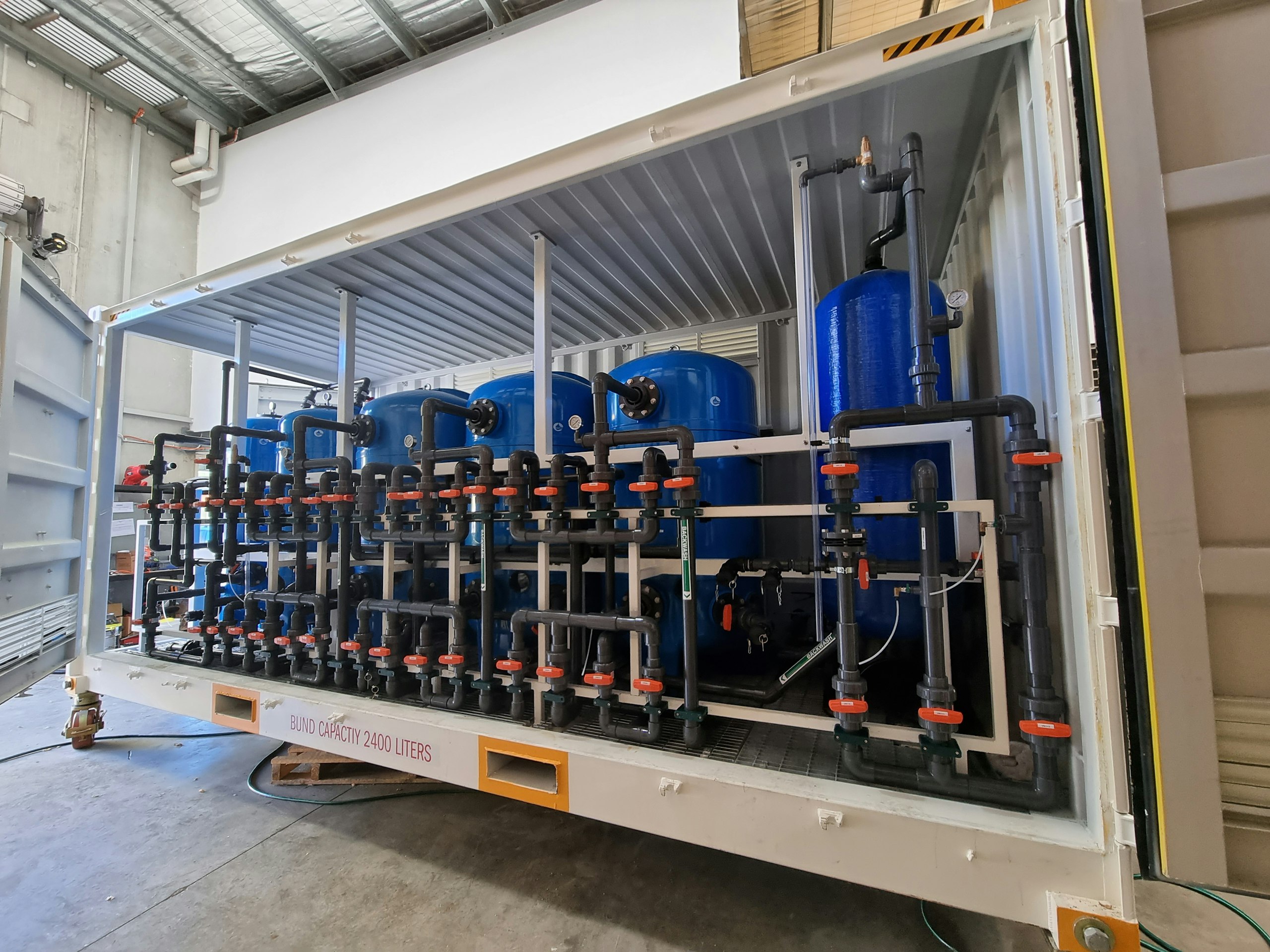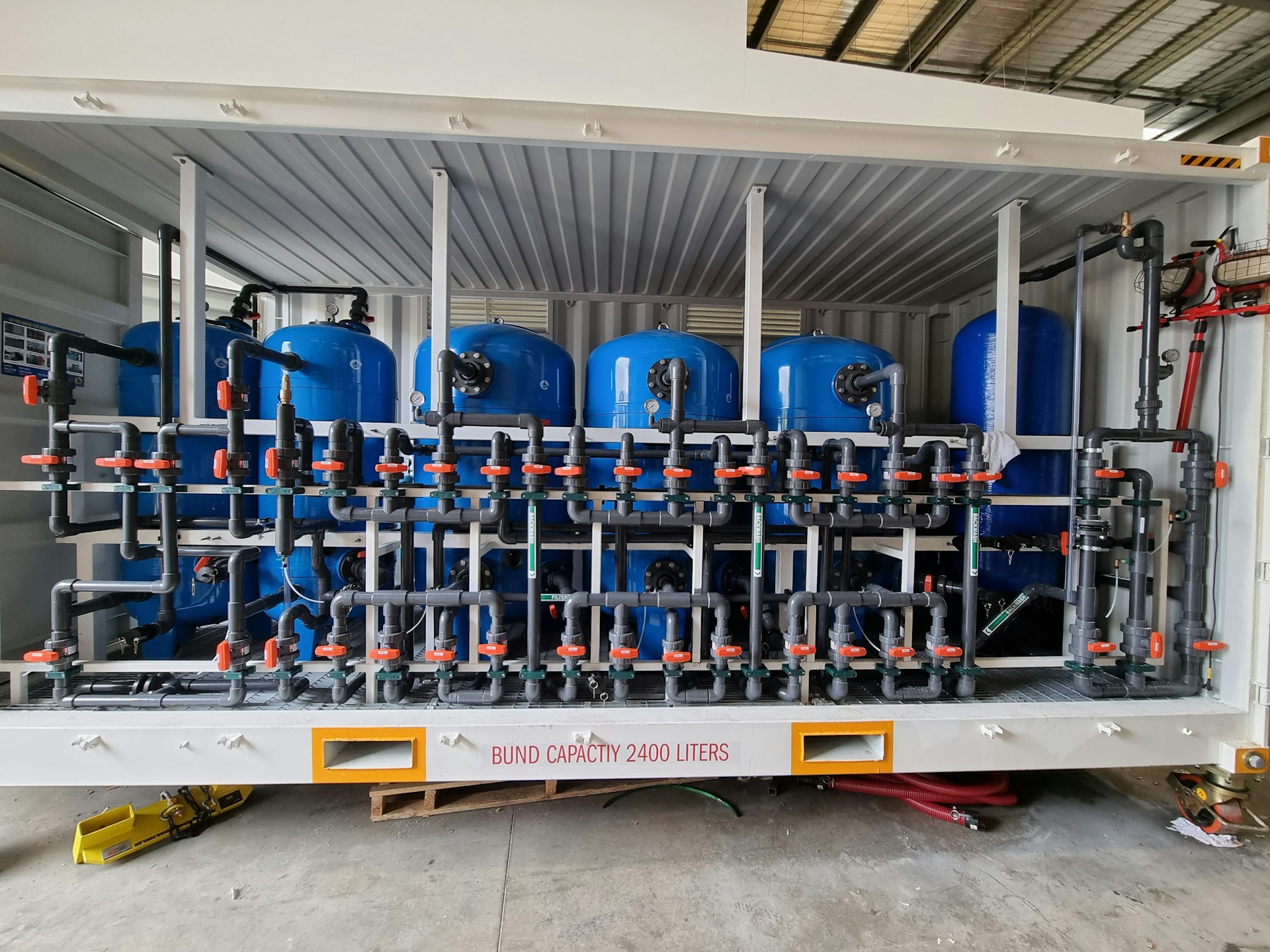One of these groups of compounds is called PFAS, which is an acronym for per/poly-fluoroalkyl substances that are part of a group of persistent organic pollutants (POPs) that have received a lot of attention lately. There are over 3000 compounds classed as PFAS with PFOS (perfluorooctane sulphonate) and PFOA (perfluorooctanoic acid) being the most commonly known of these and are of concern, PFAS are used in a broad range of applications and products such as furniture protectants, cleaning products, polishes and so on. They are commonly found in fire-fighting foams and fire retardants.
It is now understood that, because of their resistance to all normal forms of degradation, together with their resistance to both water and grease, they aren’t easily dispersed. We are exposed to small amounts of PFAS in everyday life through different channels like water, dust, air, food and use of products that contain these compounds. Recent offshore studies have proven PFAS to have adverse effects on human health as well as severe adverse effects on animals, once they bioaccumulate in the tissues. The effects vary depending on what research paper you look at, but all are of significance.




